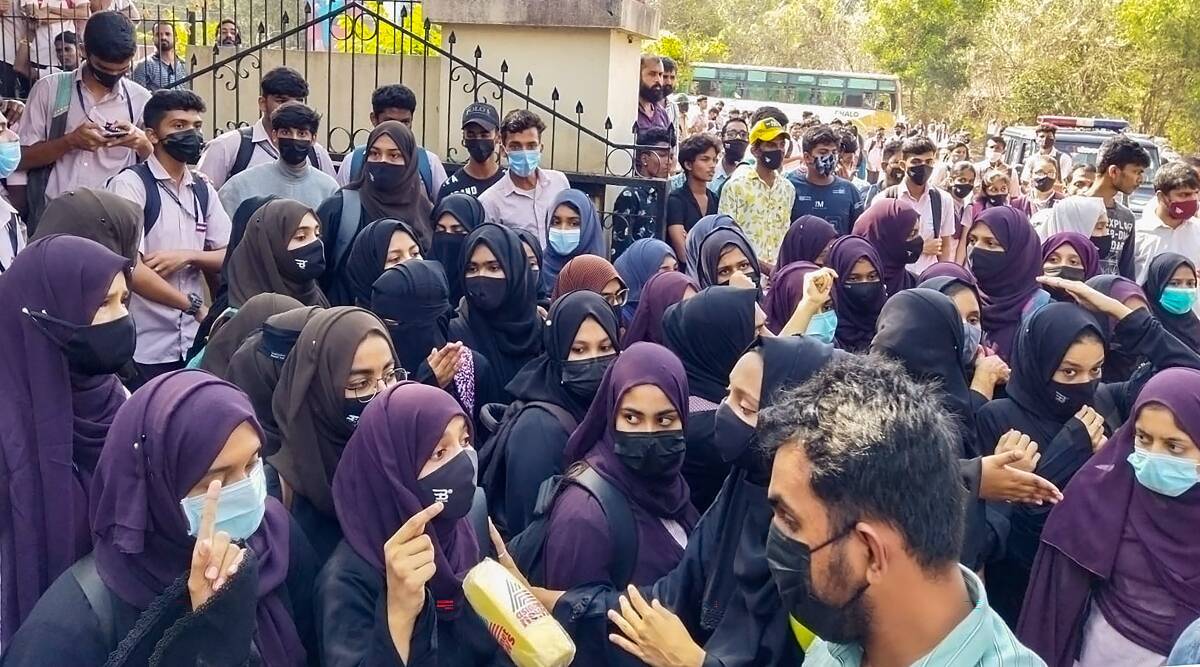Even as a different religious symbol such as Bangles and Turbans generally in Indian society, the government only targets Muslim women for their headscarves is an example of “hostile discrimination”, advisors for the Petitioner to the Karnataka High Court on Wednesday when they hear the hijab line. He also argues that discrimination is even amazing because there is no uniform determined for students in pre-university colleges in the state and as a consequence of no rules that impose a headscarf ban.
Former Advocate General Karnataka Ravi Varma Kumar said the bench of the Karnataka High Court with the absence of a state-prescribed uniform, efforts made to prevent Muslim girls wear headscarves from the “discrimination” class based on “discrimination” religion, which is prohibited based on Article 15 Constitution.
“Hinduism, Sikh and Christianity have a symbol of their religion. I want to highlight the plurality and diversity in our society. Why is the headscarves only be chosen for this hostile discrimination? Isn’t it because of religion?” Kumar told the court.
“Should we prohibit the turbans for Sikh? The girls also wear bangles. Why is there this discrimination against poor Muslim girls?” He asked, stating that based on Article 15 said the state should not discriminate against residents on the basis of religion, race, caste, gender and their birthplace.
Preventing girls to wear headscarves from the class present are “just because of religion” because there is no “discrimination” against those wearing dupatta, bangle, bindi or carrying a cross, Kumar said.
“If people wear turban can be in the army, why can someone wear a symbol of religion – (that) rights to practice His religion – not permitted to attend the class. This is the decision of Draconian where universal education is desirable, especially the education of girls. The court can take justice records about the fact that among girls, Muslim girls are the most uneducated and most unrespolored in the classroom. If they die on the grounds of discrimination, it will amounts to the apocalypse for their education, “said the former Ag.
He also argues that education goals are to promote plurality, and not uniformity. “It’s about unity in diversity,” Kumar said.
He further showed that there was no uniform for students in PU colleges, and there were also no rules under the 1983 Karnataka Education Act that prohibited the headscarf. “What I want to know is how I was kept away from class and under what rules? Who authorizes such actions?” He said.

